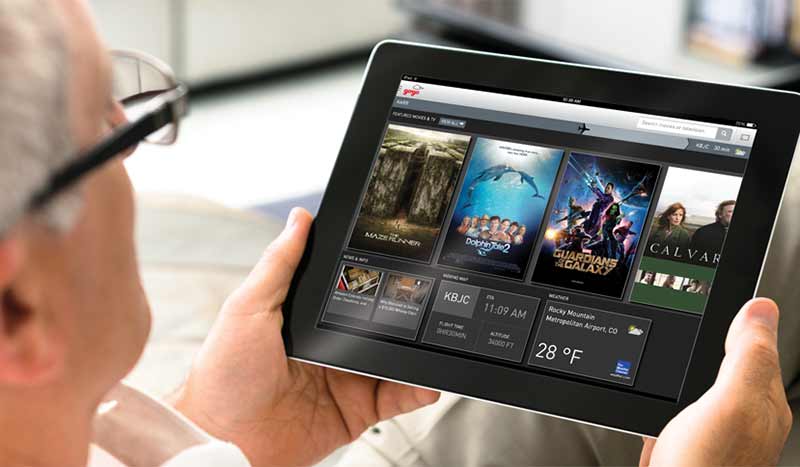The Slow, Steady Business of the Evolving A&P Mechanic
With aircraft connectivity comes new maintenance considerations.

Gogo Avance L3 connectivity system [Courtesy: Gogo]
Do you feel secure in your current role? So did the monks laboring away in medieval scriptoriums creating stunning manuscripts. The Roman Catholic Church kept a steady order of sacred texts that needed transcribing. Johann Gutenberg sets up a printing press in Germany…and so much for job security.
National Geographic states the Industrial Revolution was the most profound event in history because of its sweeping impact on people’s daily lives. People left their rural existence for the first time and traded their plows for a crescent wrench. An entire generation had to learn all new skills quickly. That on-the-job training log entry must have been massive.
And now, the digital revolution is in full swing. Most of us learned dope and fabric in airframe and powerplant (A&P) school. How many opportunities have you had to recover an elevator? If you really want to, check out the Commemorative Air Force (CAF)—it could use the help. Soon this will also apply to sheet metal, vacuum gauges, and leaded avgas.
Connected Aircraft
Never before in the history of forever have people stayed connected for most of their waking hours. When I was in outside sales, the only reprieve I had was flying out to see a customer. When airports, cafes, and even laundromats blasted free Wi-Fi, the expectation was to plug in and produce. As airliners had not yet adopted the technology, checking email at 25,000 feet was not yet a thing. Well, companies like Gogo Business Aviation changed all of that. As one of the first industry leaders, Gogo pioneered connectivity in aircraft.
Why do you need connectivity? Because of the fear of missing out (FOMO), according to Gogo. Corporate flight departments must provide what their owners want. And it is no secret that executives like to stay connected. Gogo—or any other solutions provider—will install hardware and software on your airplane. Both of which will need maintenance at some point. Have you ever tried to troubleshoot your Wi-Fi at home with Monday Night Football about to start? Now you know how we maintenance professionals feel.
If you think this stuff is out of Buck Rogers and you will not have to deal with it, think again. According to the National Business Aviation Association, 98 percent of aircraft are expected to have some level of connectivity within the next 15 years. As a result, operators are increasingly seeking cost-effective connectivity solutions. With this new technology brings new maintenance considerations.
The Aircraft Mechanic of Tomorrow
Embry-Riddle Aeronautical University is helping to equip the mechanics of tomorrow today.
“On connected aircraft, the technicians are now the first line of defense for cybersecurity,” said Neill Fulbright, Embry-Riddle’s director of avionics and cybertechnology. Remember that next time someone wants you to shop for the lowest maintenance rate.
Legacy entities often embrace tomorrow’s technology. Grumman Aircraft, for example, is iconic among aviation lore and one of the most recognized names in the business. And now, as part of Northrop, it is on the cutting edge of new technology. One of Northrop Grumman’s latest innovations is the Robust Accelerated Concurrent Engineering for Repairs (RACER) engineering tool. Imagine the ability to scan for structural problems on the aircraft then engineer a solution. Where was this during my time on the flight line?
Reinventing oneself is not easy, and I am not here to preach to you. I do come to you from a place of experience with this. I began my career making smiley faces in rivets at 18 years old and eventually worked my way up to counting out brake pads. Each step of the way took a small leap of faith to leave the familiar and journey to the unknown. At one point, I bought an aircraft engine shop, and I could only tell the difference between Lycoming and Continental if the crankcases were still painted. (Here is a hint: one of them is gray.)
No one morphs into a new person overnight. Read a book introducing a new skill or quick-hit watch a video tutorial. Ask different skill-rated technicians questions on the flight line and pick their brains. I used to volunteer for special assignments at work to grow my knowledge base and, as a result, it added value to my employment. Evolution is a slow, steady business.

Subscribe to Our Newsletter
Get the latest FLYING stories delivered directly to your inbox






